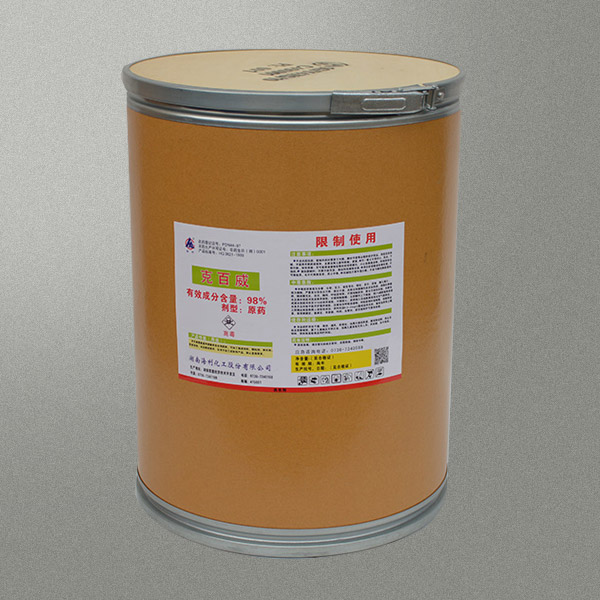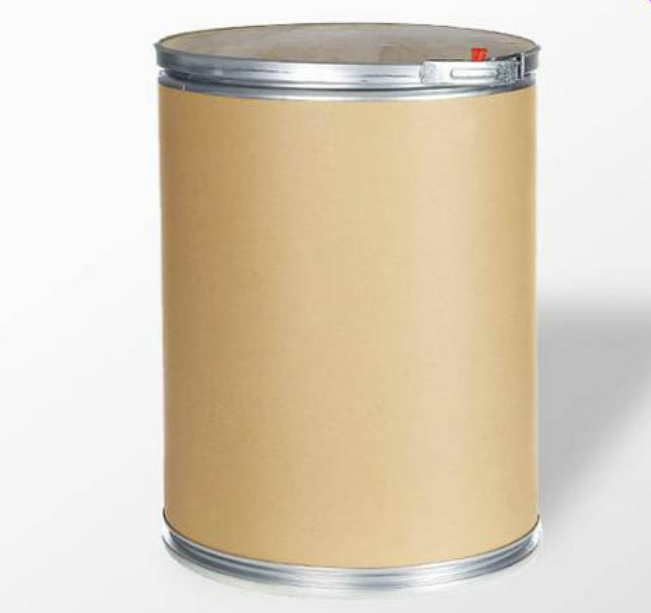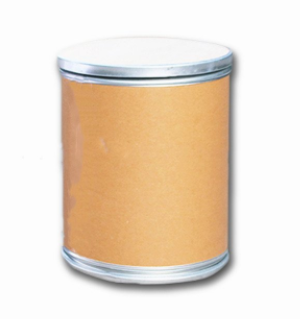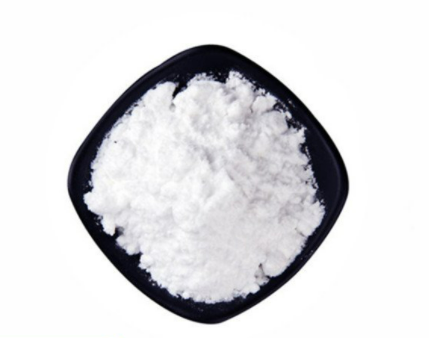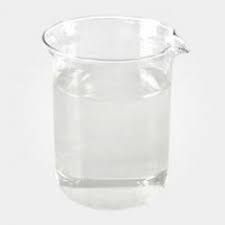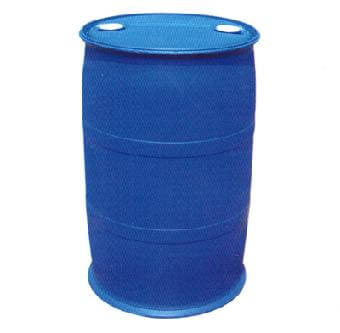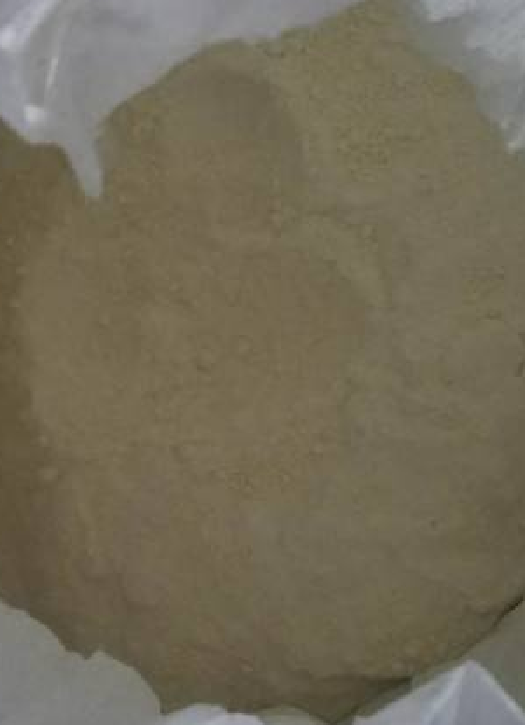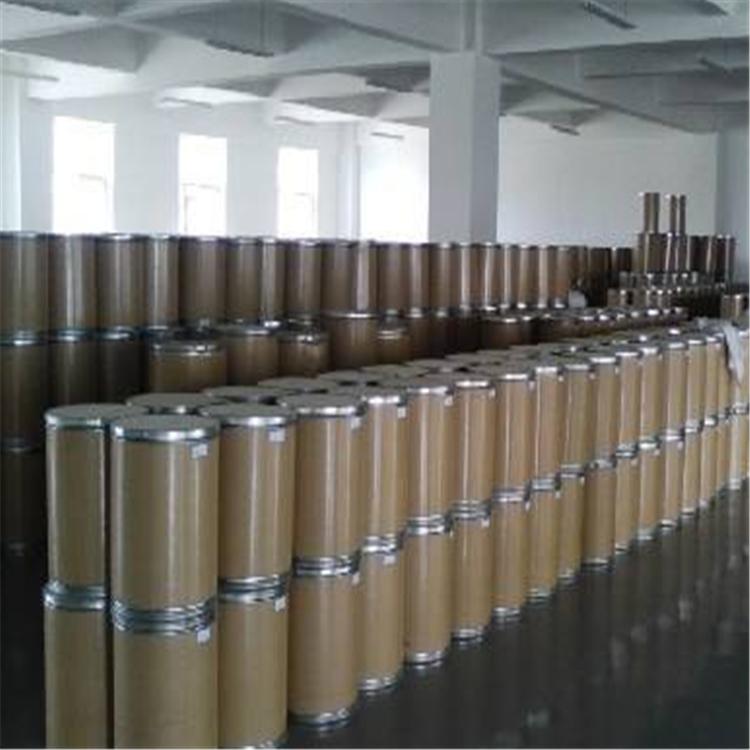CAS:1563-66-2
Molecular Formula:C12H15NO3
Alias
More Information
2,3-Dihydro-2,2-Dimethylbenzofuran-7-Yl Methylcarbamate; 2,3-Dihydro-2,2-Dimethylbenzofuran-7-Ol; 2,2-Dimethyl-2,3-Dihydro-1-Benzofuran-7-Yl Methylcarbamate; 2,3-Dihydro-2,2-Dimethyl-7-Benzofuranol N-Methylcarbamate; (2,2-Dimethyl-3H-1-Benzofuran-7-Yl) N-Methylcarbamate; 2,3-Dihydro-2,2-Dimethyl-7-Benzofuranyl N-Methylcarbamate
Brief Introduction
Carbofuran is one of the most toxic carbamate pesticides on the market.
Suppliers
View More Vendors (2) >
CAS:1571-75-1
Molecular Formula:C20H18O2
Alias
More Information
Phenolicoligomer; 1,1-Bis(4-Hydroxyphenyl)-1-Phenylethane; Bisphenol Acp; 4,4'-(1-Phenylethylidene)Bisphenol; 4,4'-(α-Methylbenzylidene)Bisphenol; Bisphenol Ap; 4,4'-(1-Phenylethylidene)Diphenol; Iflab-Bb F0701-0005; Bisphenol Ap; 4,4'-(1-Phenylethane-1,1-Diyl)Diphenol; 4-[1-(4-Hydroxyphenyl)-1-Phenylethyl]Phenol; 4,4'-(1-Phenylethane-1,1-Diyl)Diphenol
Brief Introduction
It is mainly used to manufacture polymer materials, such as epoxy resin, polycarbonate, polysulfone resin, phenolic unsaturated resin, polyetherimide, etc. it can also be used to manufacture PVC heat stabilizer, plasticizer, rubber antioxidant, agricultural bactericide, paint, UV absorber, etc.
Suppliers
View More Vendors (2) >
CAS:1575-61-7
Molecular Formula:C5H8Cl2O
Alias
More Information
5-Chloropentanoyl Chloride; 5-Chlorovaleroyl Chloride; Pentanoyl Chloride, 5-Chloro-; 5-Chloro Valeryl Chloride
Brief Introduction
5-Chlorovaleryl chloride is an important synthetic intermediate of pyrazole herbicides. 5-Chloropentanoyl chloride is used as the raw material of 1,1,7-trichloro-1-hepten-3-one, and then the third-generation pyrazole herbicides can be synthesized. Pyrazole herbicides have the characteristics of ultra-efficient herbicidal activity, high selectivity, extremely low mammalian toxicity and good environmental characteristics, and have become a hot spot in the research and development of herbicides in the world in recent years. As the demand for high-efficiency herbicides continues to expand, so does the demand for 5-chlorovaleryl chloride as an intermediate.
Suppliers
View More Vendors (2) >
CAS:158062-67-0
Molecular Formula:C9H6F3N3O
Alias
More Information
N-(Cyanomethyl)-4-(Trifluoromethyl)Nicotinamide; N-(Cyanomethyl)-4-(Trifluoromethyl)-3-Pyridinecarboxamide; N-(Cyanomethyl)-4-(Trifluoromethyl)Pyridine-3-Carboxamide
Brief Introduction
Flonicamid is a pyridinamide insecticide, which can effectively control a wide range of thorn sucking mouthparts pests on crops, especially aphids. Its action mechanism is novel, has no cross resistance with other insecticides on the market, and has low toxicity to bees. The agent works by blocking the sucking action of pests. The insect stopped sucking soon after taking the medicine, and finally died of hunger. Fluridoxamide has selectivity, internal absorption, strong penetration and long duration. It can be used for fruit trees, grains, potatoes, rice, cotton, vegetables, beans, cucumbers, eggplants, melons, tea trees and ornamental plants.
Suppliers
View More Vendors (2) >
CAS:1642-81-5
Molecular Formula:C8H7ClO2
Alias
More Information
4-Chloro-p-Toluic acid; α-Chloro-p-Toluylic acid; p-Carboxbenzyl Chloride; alpa-Chloro-p-Toluic acid; α-Chloro-p-Toluic acid; p-Carboxybenzyl Chloride; 4-Carboxybenzyl Chloride; Alpha-Chloro-p-Toluic Acid; Rarechem AL BO 0358; 4-Chlorotoluic acid; Benzoic Acid, 4-(Chloromethyl)-; 4 - Chlorine Methyl Benzoic Acid; P-(Chloromethyl)Benzoic Acid; -Chloro-P-Toluicacid; 4-Chloromethyl- Benzoic acid
Brief Introduction
Used as pharmaceutical and dye intermediates
Suppliers
View More Vendors (2) >
Inquiry (
10
/ 10
)
Clear All
Sign In
Error!

